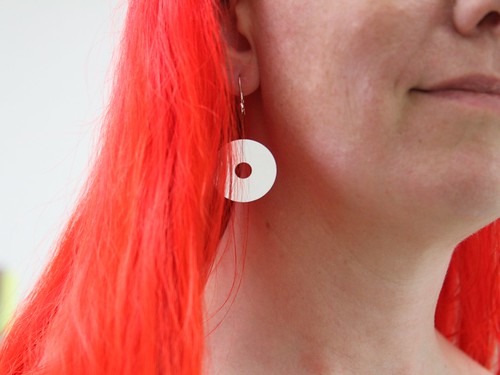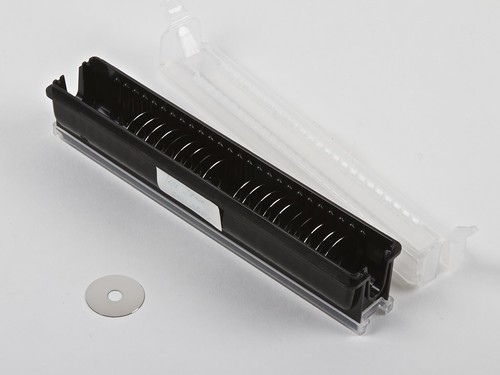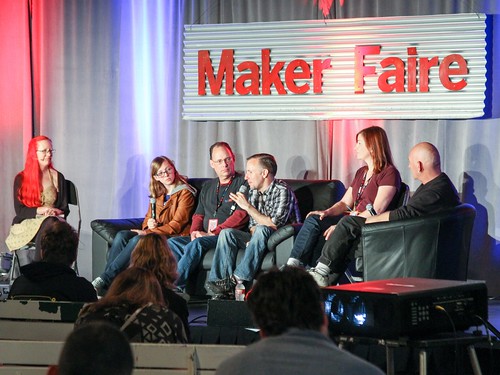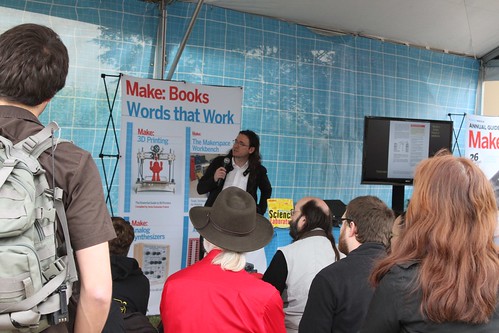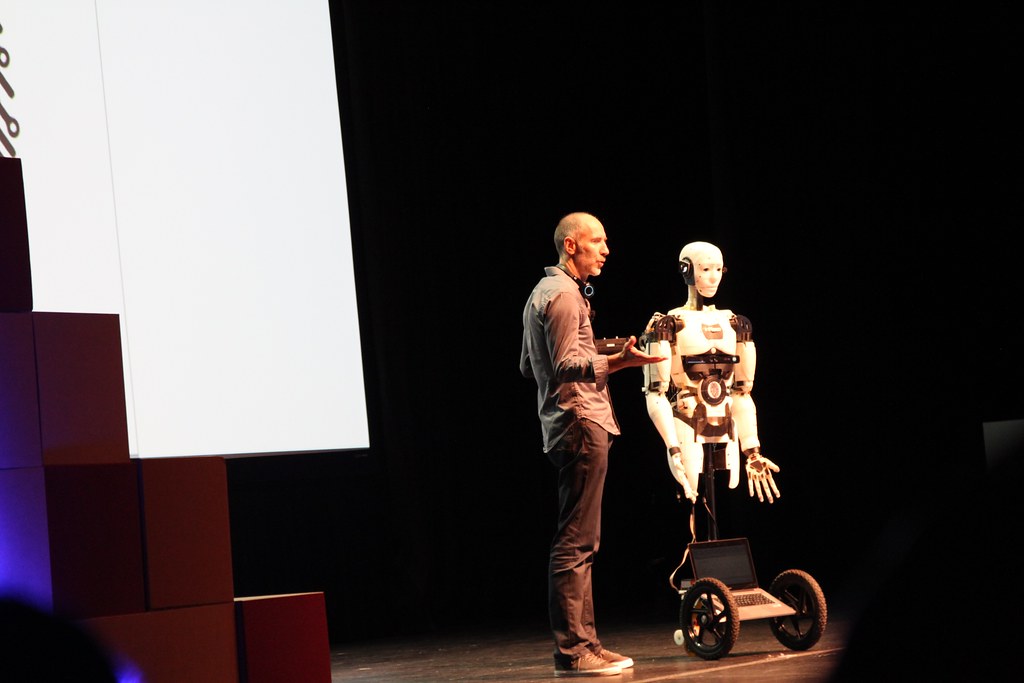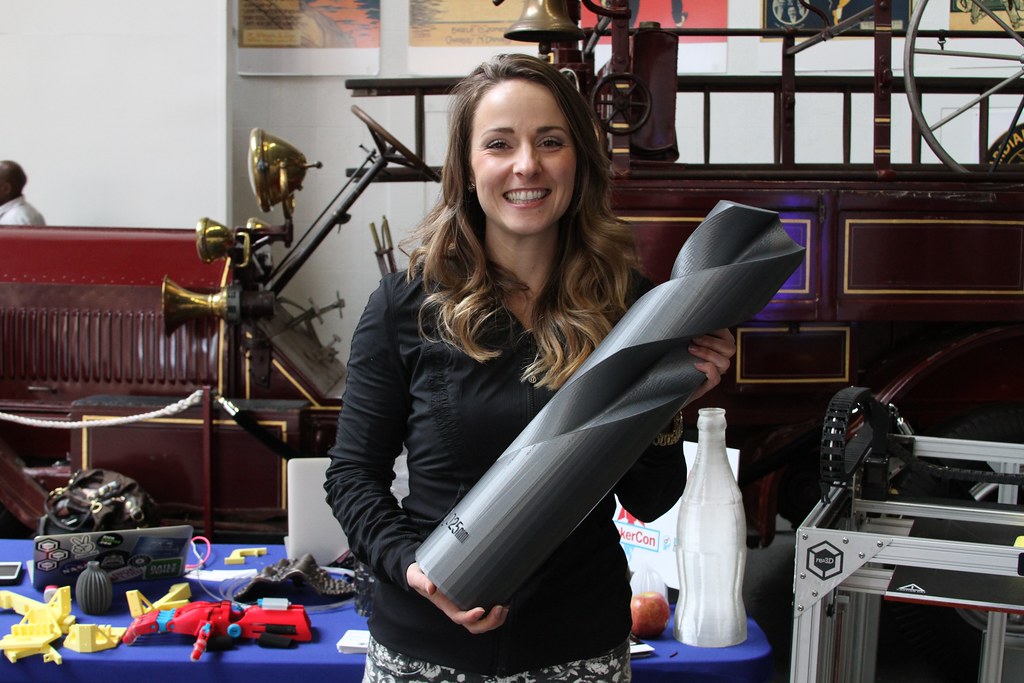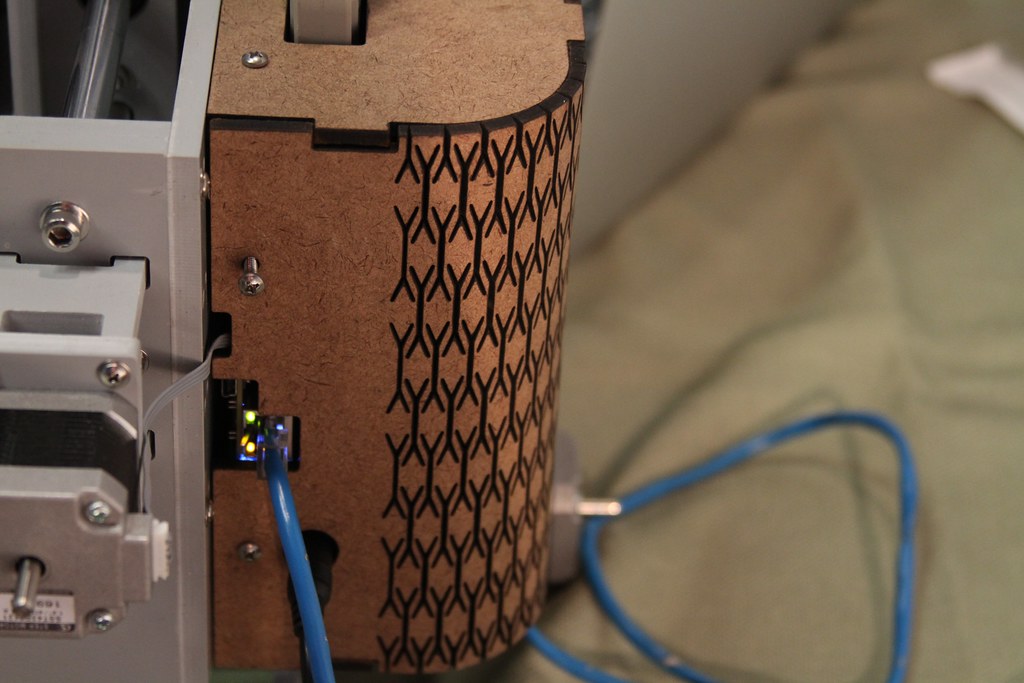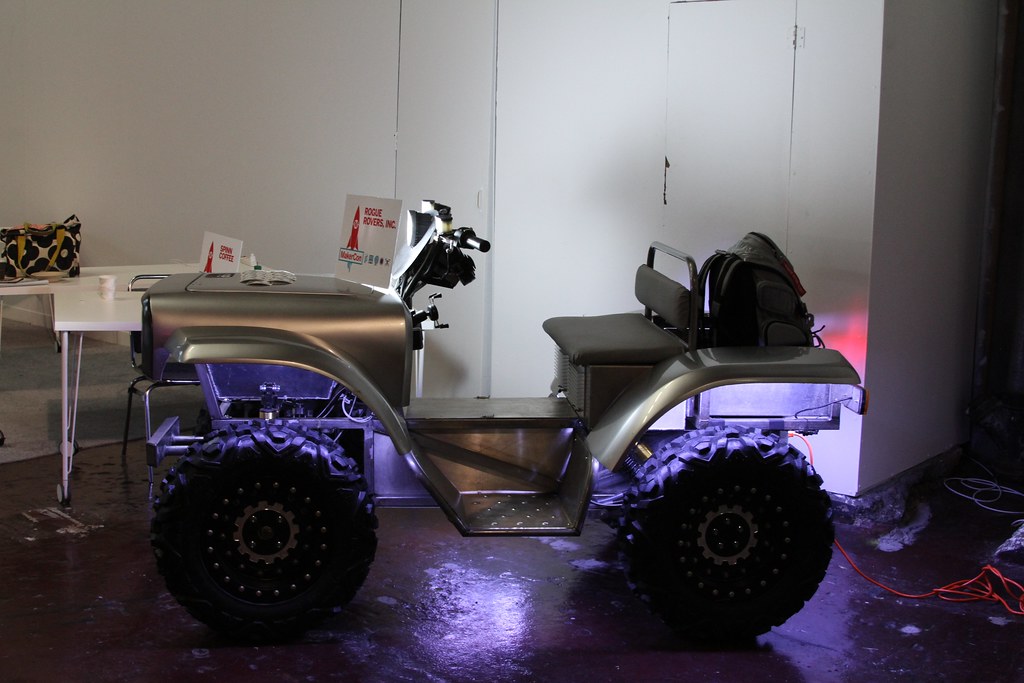The newest in my collection of geeky jewelry: glass hard drive platter earrings.
We picked up a tray of tiny glass platters at a local surplus shop some time ago, marked “Tear Down Qty: 25 pcs.”
These one inch platters were used in Microdrives, which were designed to fit into CompactFlash card slots. (Shown with CompactFlash card above for scale.) They were used in (among other things) the iPod mini. After 2006, CF cards outpaced the capacity of the fragile Microdrives, and they’re no longer manufactured.
The platters are attached to the earring hooks with magnet wire. They’re incredibly reflective, and everywhere I wear them, spots of light are dancing around me.
Related: Hard Drive Wind Chimes




